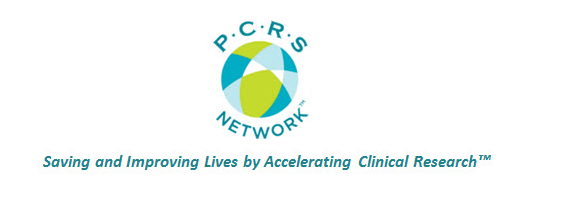As the world of clinical research continues to evolve, Sponsors and CROs continue to search for the magic formula to select sites that meet quality requirements while also meeting enrollment needs. At the same time, Sites struggle to get on the radar of Sponsors and CROs in order to be selected to conduct studies. While some Sponsors and CROs claim to have solved the equation publicly, many of their own employees confide privately that their results vary little from those reported by respected sources like Tufts CSDD that say that approximately 48% of all sites selected to conduct studies either never enroll a single subject or fall short of enrollment targets.[i]
Regardless of what formula is applied by whom, a universal element of the formula is turnaround times. It seems reasonable that this would play a role in the selection process, since every delay increases costs to Sponsors. Unfortunately, rarely are Sites provided details of the metrics captured by Sponsors and CROs related to turnaround times and study delays perceived to be caused by Sites.
In a review we conducted recently of a delay of over ten weeks at one site, we reviewed correspondence between the Site, Sponsor, and CRO only to find that the site was only responsible for thirteen business days from the date all required documents were provided to the site to begin the regulatory, budget, and contracts process until fully executed documents were received and the site was initiated and given the green light to begin screening. The balance of the delays (nearly forty business days) were attributable to delays by either the Sponsor or the CRO, the most significant being delayed responses related to either the budget or the CTA.
Prior to our review, the site was told they may not be selected for future studies because of “problems with your site’s responsiveness.” After providing the detail of the delays, the Site was cleared for consideration for future studies. This scenario raises a question about the metrics by which sites are judged and the lack of transparency of those metrics.
In multiple sessions at a recent conference, Sponsors or CROs made it clear that “every metric imaginable” is maintained on individual site performance. Sites were told that, in many cases, the data is primarily used to disqualify them from selection for studies. When challenged as to how often their individual organizations provide even a small amount of those metrics to the Sites, responses ranged from “sometimes” to “we don’t provide metrics information to sites.” This leaves Sites with a dilemma: How to ensure that the metrics against which a site is judged are accurate and provide a clear picture of the site’s performance and capabilities.
To protect against being labeled “unresponsive” or “difficult”, Sites must be quick to respond to Sponsors and CROs. Sites can take a few steps below to ensure they are being fairly judged and to promote the site’s capabilities:
- Take responsibility for your own metrics. Identify key quality and productivity metrics to capture, review, and report. Then be proactive and provide the metrics to Sponsors and CROs, along with narrative regarding any anomalies and steps to address areas in need of improvement.
- Create internal standards for response times to emails, phone messages, and faxes (yes, the industry still uses faxes, which frequently sit undistributed to the intended recipient). Once an internal standard is established, communicate the standard to all personnel. To ensure that the standard is met consistently, maintain correspondence logs for each study beginning from the time you receive the feasibility questionnaire through to when you receive study drug and the written authorization to begin screening.
- Establish regular progress meetings to review the status of all studies at every stage in the start-up process, as well as studies that are currently being conducted. Take action quickly when a problem arises, to keep each study process on track.
- Conduct a study “post mortem” meeting with the Sponsor and CRO to ask them for direct feedback regarding your performance, including asking whether they would select your site to conduct future studies. If they answer “Yes”, then ask how you can be identified as a “preferred site.” If they answer “No”, ask what steps you can take that would cause them to consider selecting your site in the future, and then create a Corrective Action, Preventative Action (CAPA) plan and take the necessary steps to correct any deficiencies.
- To ensure that Sponsors and CROs know your metrics, create a standard report format that you can send to each Sponsor and CRO that includes all important metrics.
- Consistently report your metrics to Sponsors and CROs, so they know how you believe you are performing. This gives them the opportunity to provide feedback, both positive and negative, that helps you know how they perceive your site.
Creating and maintaining a reputation as a high-quality, high-enrolling site takes time and continuous effort and is not without cost. The stakes are high. Sponsors want to complete their studies on time at the lowest reasonable cost. CROs want to please Sponsors. While their current processes may not be perfect, they are intent on using whatever tools they can to reduce the number of non-performing sites. You can help them by being proactive and providing your own objective measurements of your site’s performance.
[i] Tufts CSDD, 2011

